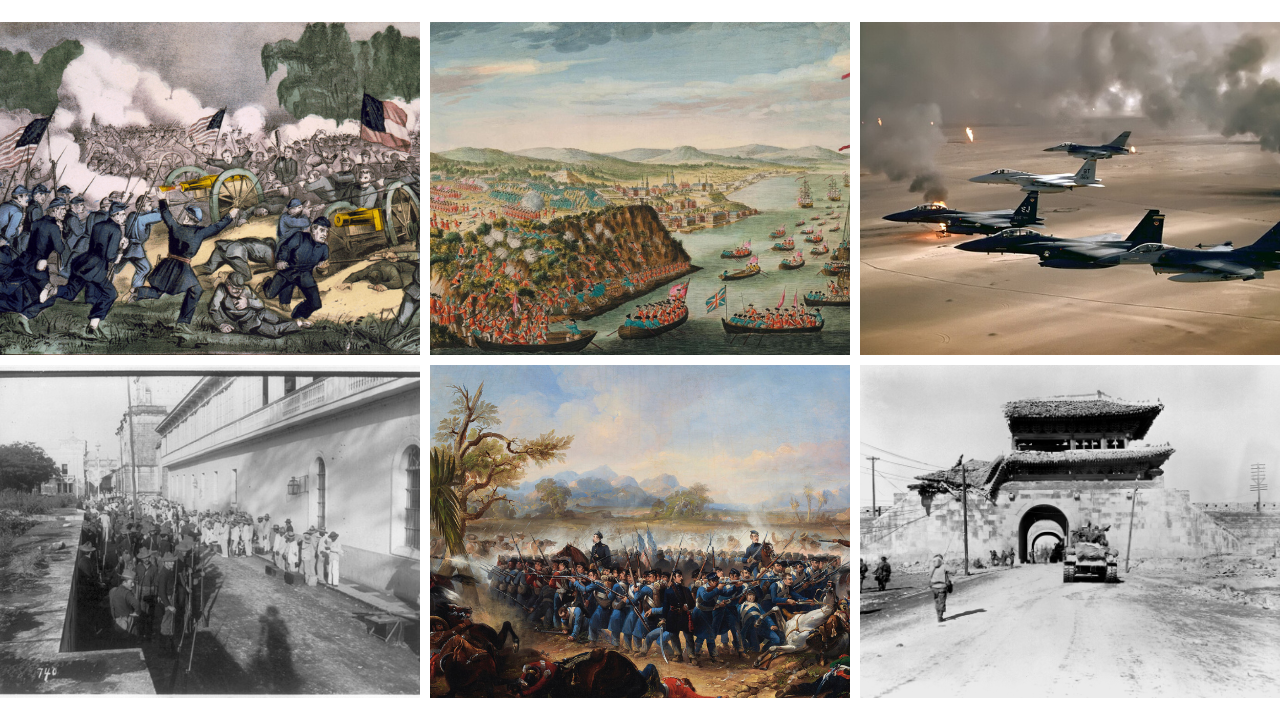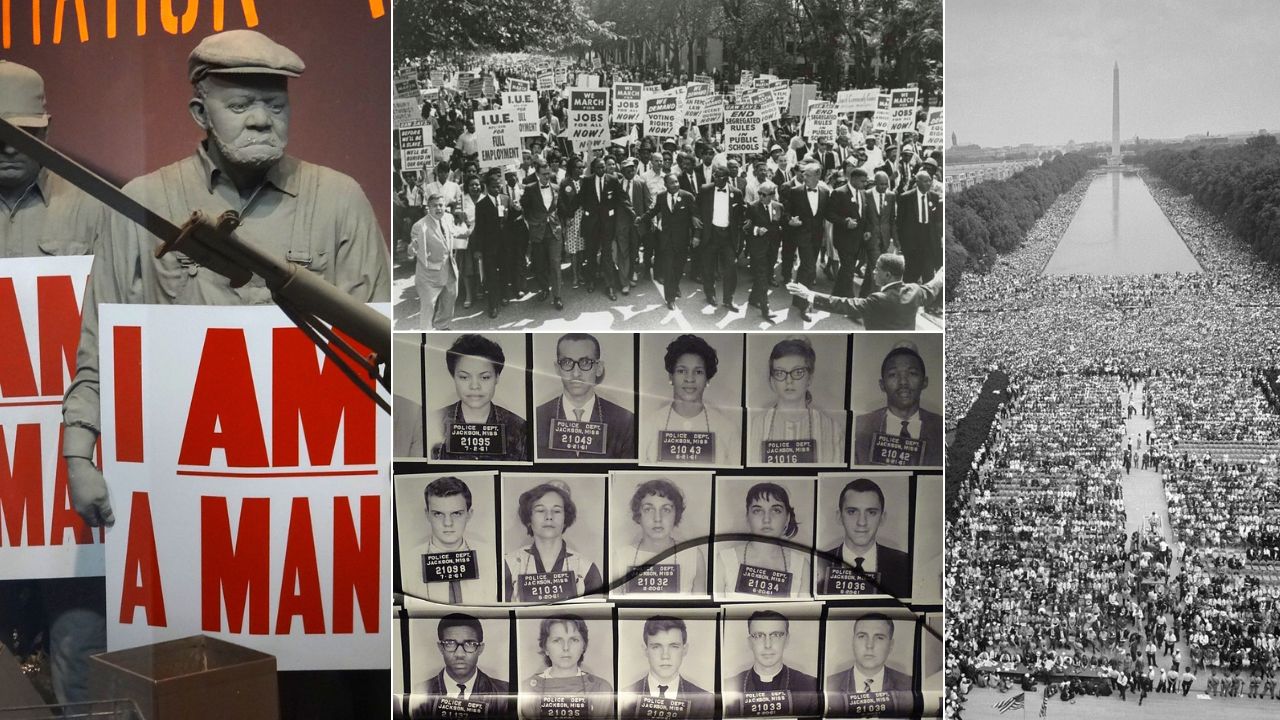Across eras and empires, extraordinary lives were shaped by unexpected fears. Some kept notes beside their beds, others insisted every door be shut before they entered a room. These rare phobias, though often hidden, quietly directed how famous people lived, worked, and traveled. They altered habits, dictated environments, and even influenced creative choices. Beneath all the power and brilliance, these anxieties reveal something deeply human, the small, personal fears that can command even the strongest minds.
Hans Christian Andersen and Taphophobia
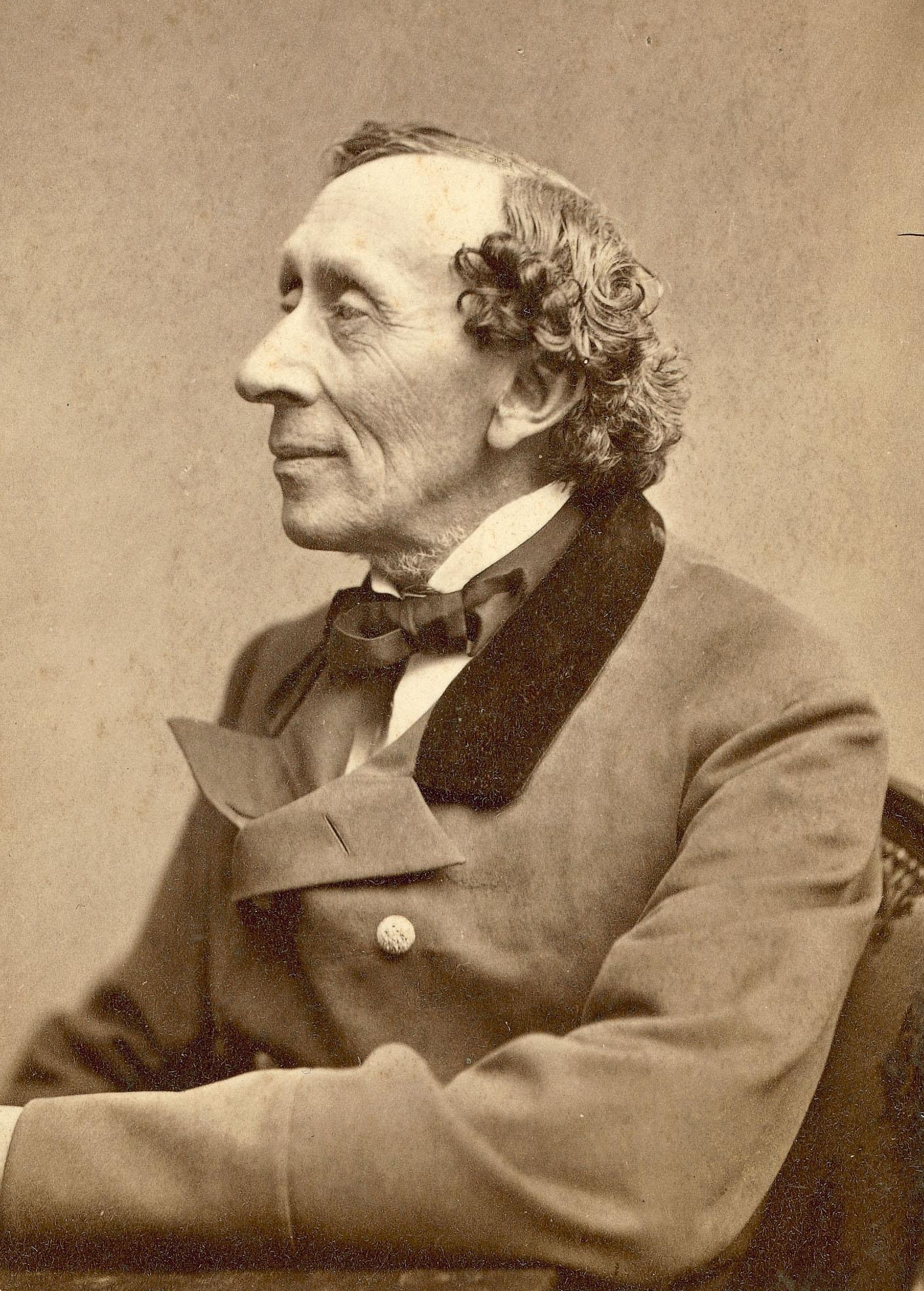
Hans Christian Andersen’s fear of being buried alive haunted his adult life. He famously carried a note that read, “I only appear to be dead,” leaving it by his bedside wherever he slept. He often asked friends to check his pulse before burial, terrified of waking up underground. The anxiety stemmed from real 19th-century cases of mistaken death and it fueled both his obsessive caution and his fascination with eerie tales of sleep, silence, and resurrection.
Napoleon Bonaparte and Claustrophobia
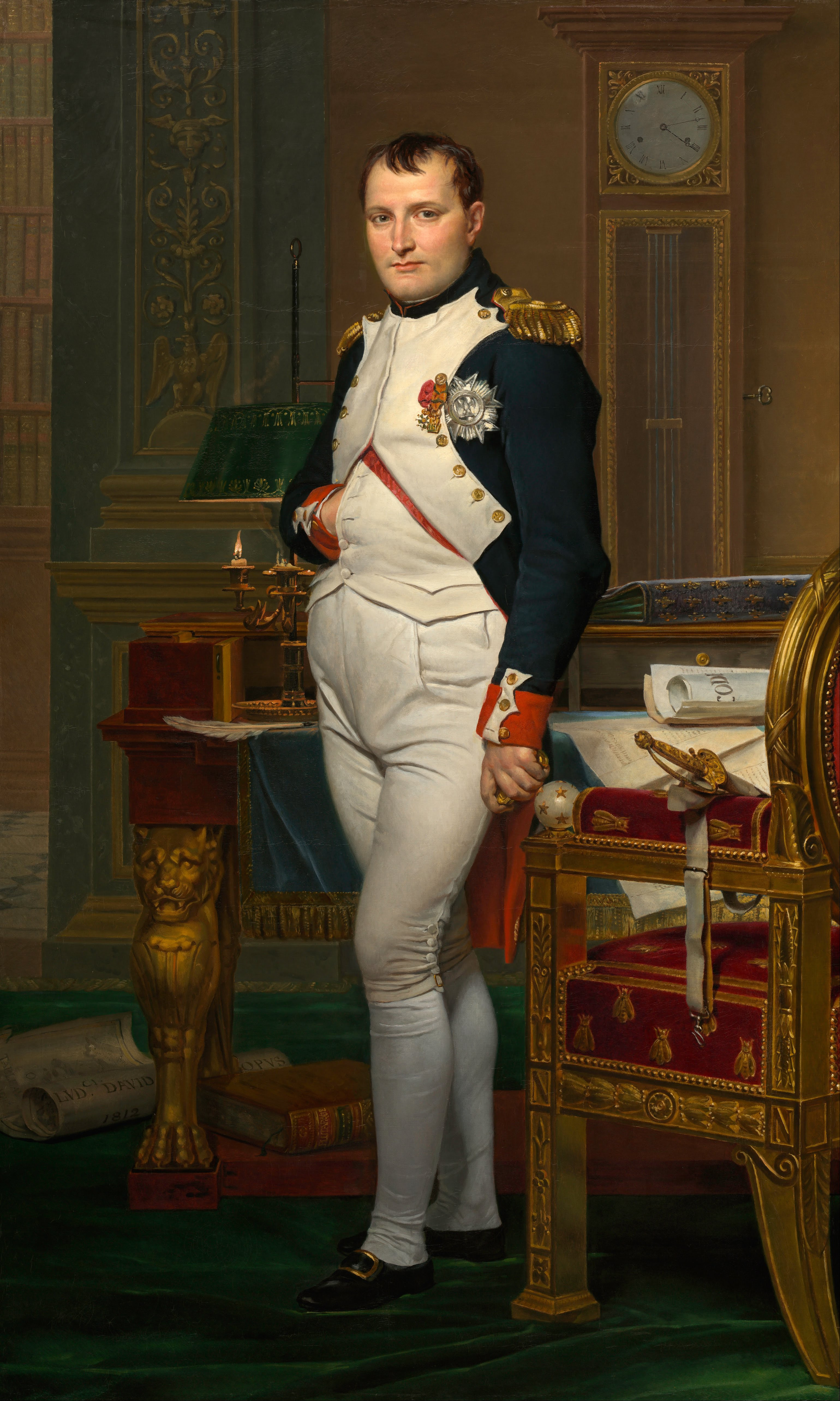
Napoleon Bonaparte, the military genius who commanded nations, couldn’t tolerate open doors. Servants were trained to close every entry quietly before he entered a room or risk his irritation. The habit seemed tied to control, a need to seal the outside world away before decisions or strategy discussions began. In his palaces and war tents alike, a closed door meant safety, concentration, and the illusion that chaos could be contained just beyond the threshold.
Genghis Khan and Cynophobia
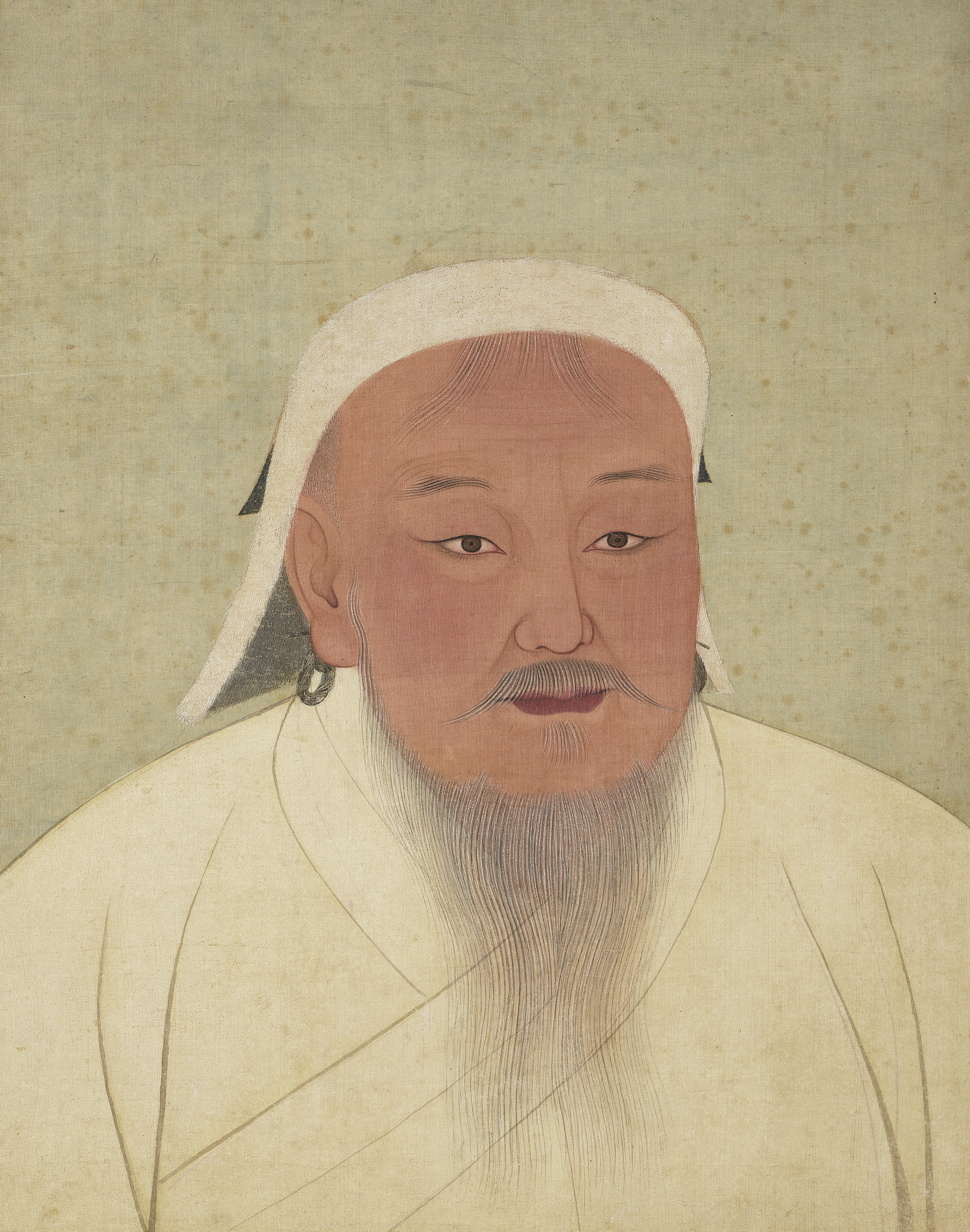
Despite his reputation for fearlessness, Genghis Khan had an aversion to dogs. Chroniclers wrote that barking unsettled him and that he refused to marry into families that owned them. For a man who thrived in unpredictable battles, this fear was a rare vulnerability. Dogs symbolized disorder and threat in Mongol culture, and their sudden noise disrupted the discipline he demanded. His response to that fear left traces in policy, alliances, and even legend.
Alfred Hitchcock and Ovophobia
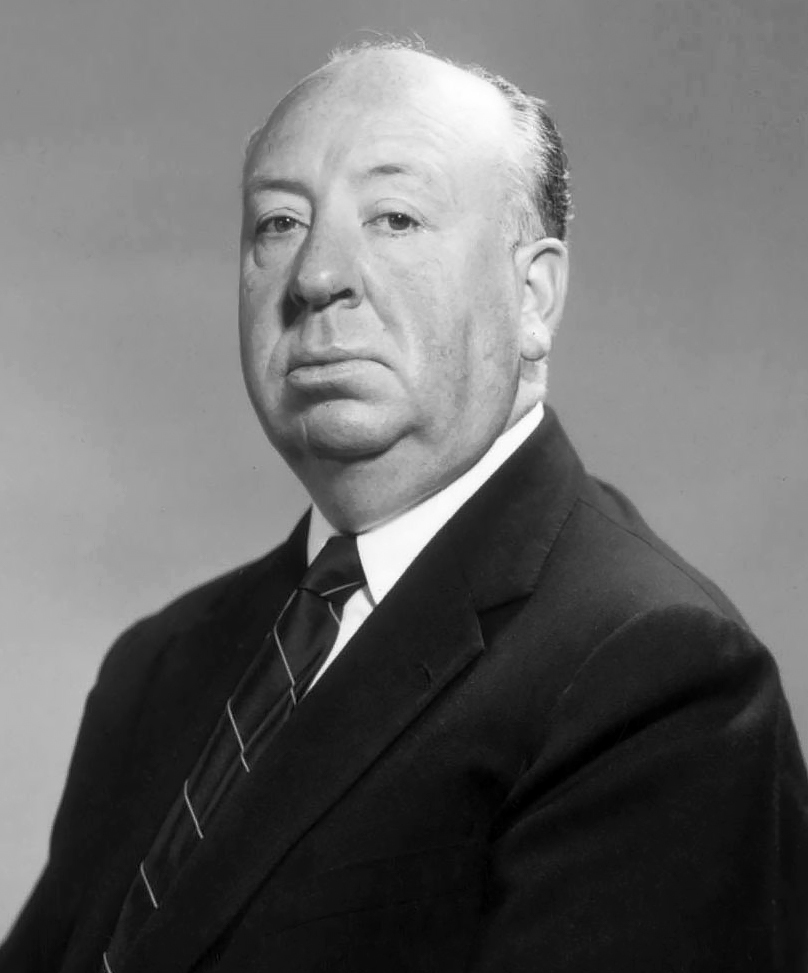
Alfred Hitchcock, the master of cinematic tension, had an intense fear of eggs. He once called them “revolting,” admitting that a broken yolk disturbed him more than scenes of blood or violence. The contrast between his phobia and his art is striking. While he built terror from shadows and staircases, the simple sight of a cracked shell could turn his stomach. In his world, the everyday was far more disturbing than any scripted horror.
Nicole Kidman and Lepidopterophobia
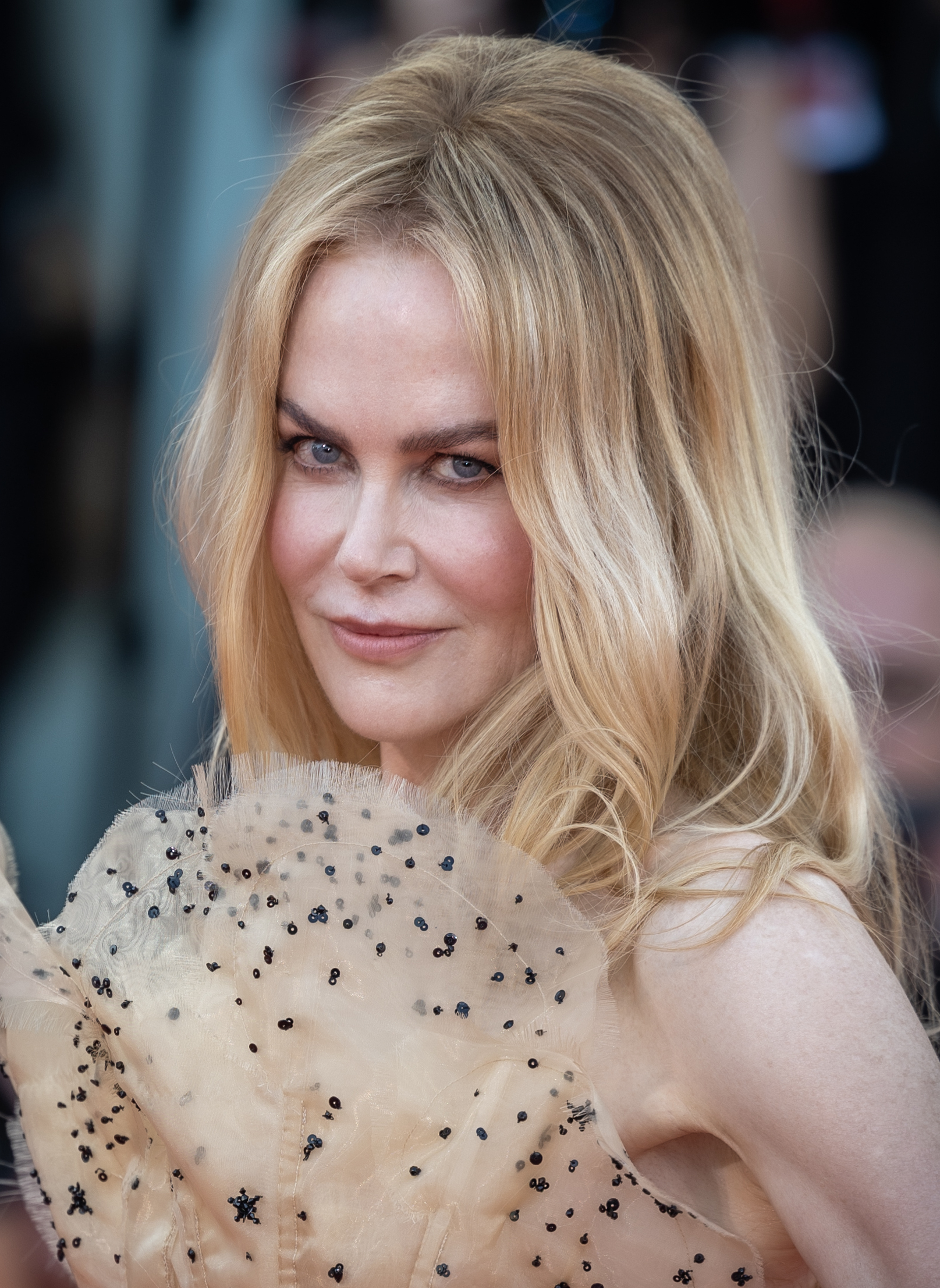
Nicole Kidman’s fear of butterflies began in childhood in Australia and never truly left her. Even as an acclaimed actress known for emotional control, she avoids butterfly exhibits and gardens where they might flutter too close. The phobia clashes with her composed public image, yet it speaks to the strange unpredictability of fear. For Kidman, the delicate motion of wings, something others find beautiful, represents chaos she can neither predict nor command.
Billy Bob Thornton and Antique Furniture Phobia
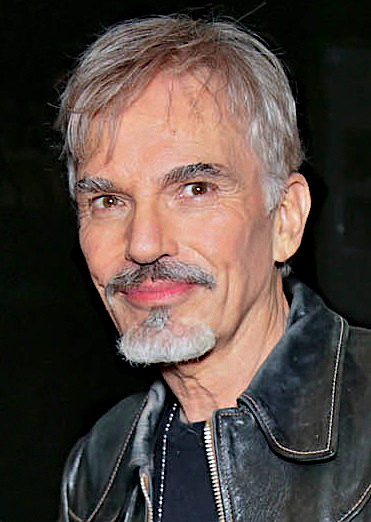
Billy Bob Thornton’s fear of antique furniture is as unusual as it is intense. Ornate French chairs, silverware, and heavily decorated rooms can trigger deep unease. He describes the reaction as physical, nausea, restlessness, and the need to leave the room immediately. Over time, it shaped how he traveled and chose film sets or accommodations. To him, these objects weren’t elegant remnants of history but unsettling reminders of things that once belonged to the dead.
Nikola Tesla and Fear of Pearls
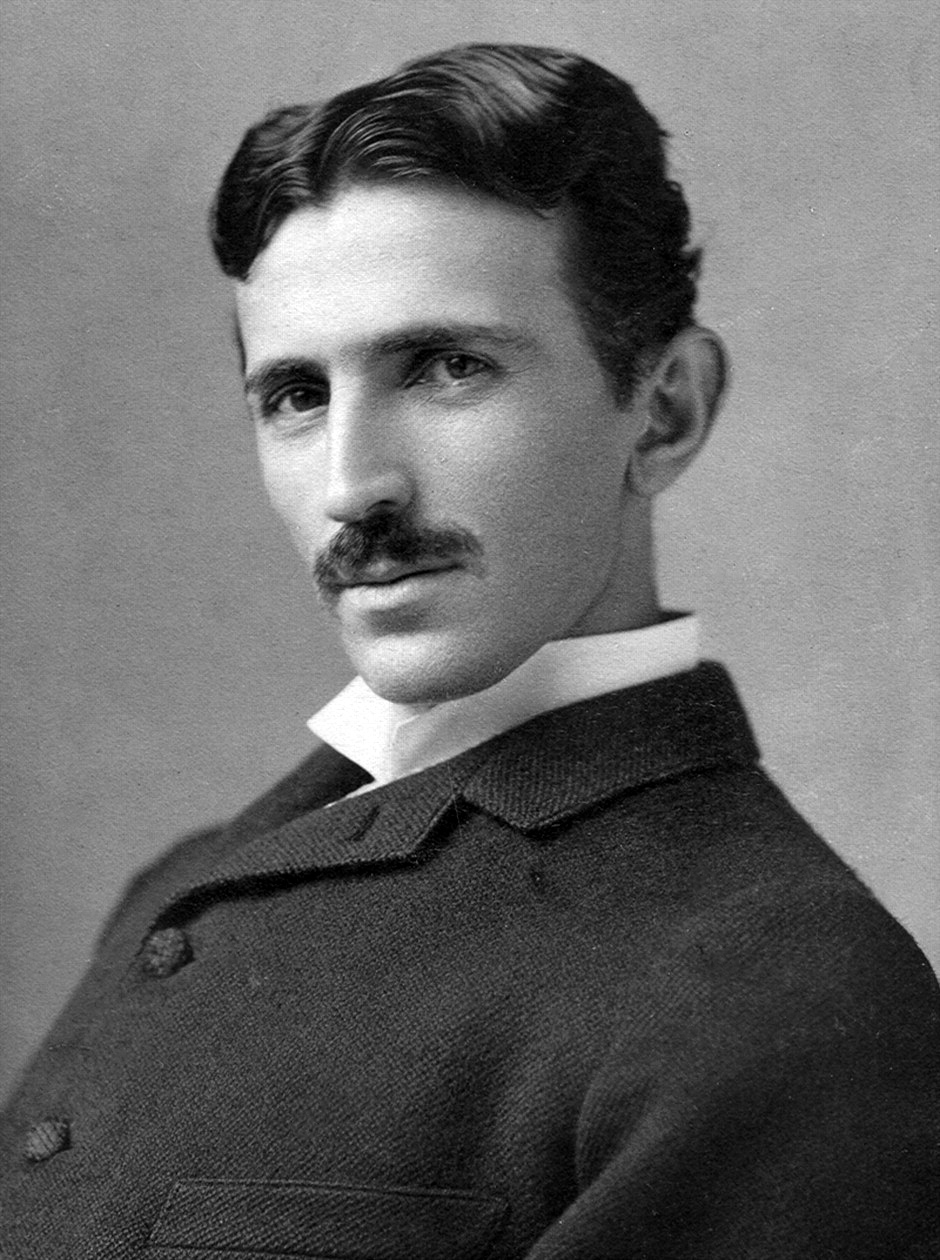
Nikola Tesla, whose inventions electrified the modern world, refused to speak to anyone wearing pearls. He couldn’t explain why, but the texture, the shine, or the symmetry all seemed unbearable. If a guest arrived adorned with them, the meeting ended instantly. The phobia complicated social and business interactions, isolating him further. For a man obsessed with precision and purity, pearls represented imperfection, a natural irregularity that clashed with his mechanical sense of order.
Truman Capote and Triskaidekaphobia
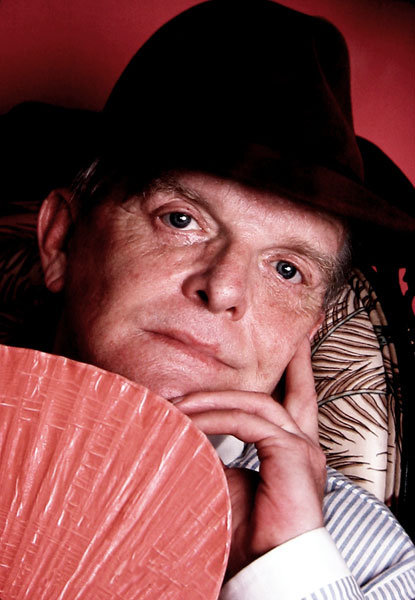
Truman Capote’s dislike of the number thirteen went far beyond superstition. He would never begin or end writing on a Friday, refused hotel rooms with the number, and avoided flights with a 13 in the code. The rituals offered comfort in a life built on performance and pressure. They also show how creativity and control often intertwine, each habit a small act of defiance against the randomness he couldn’t edit out of real life.
Tyra Banks and Fear of Dolphins
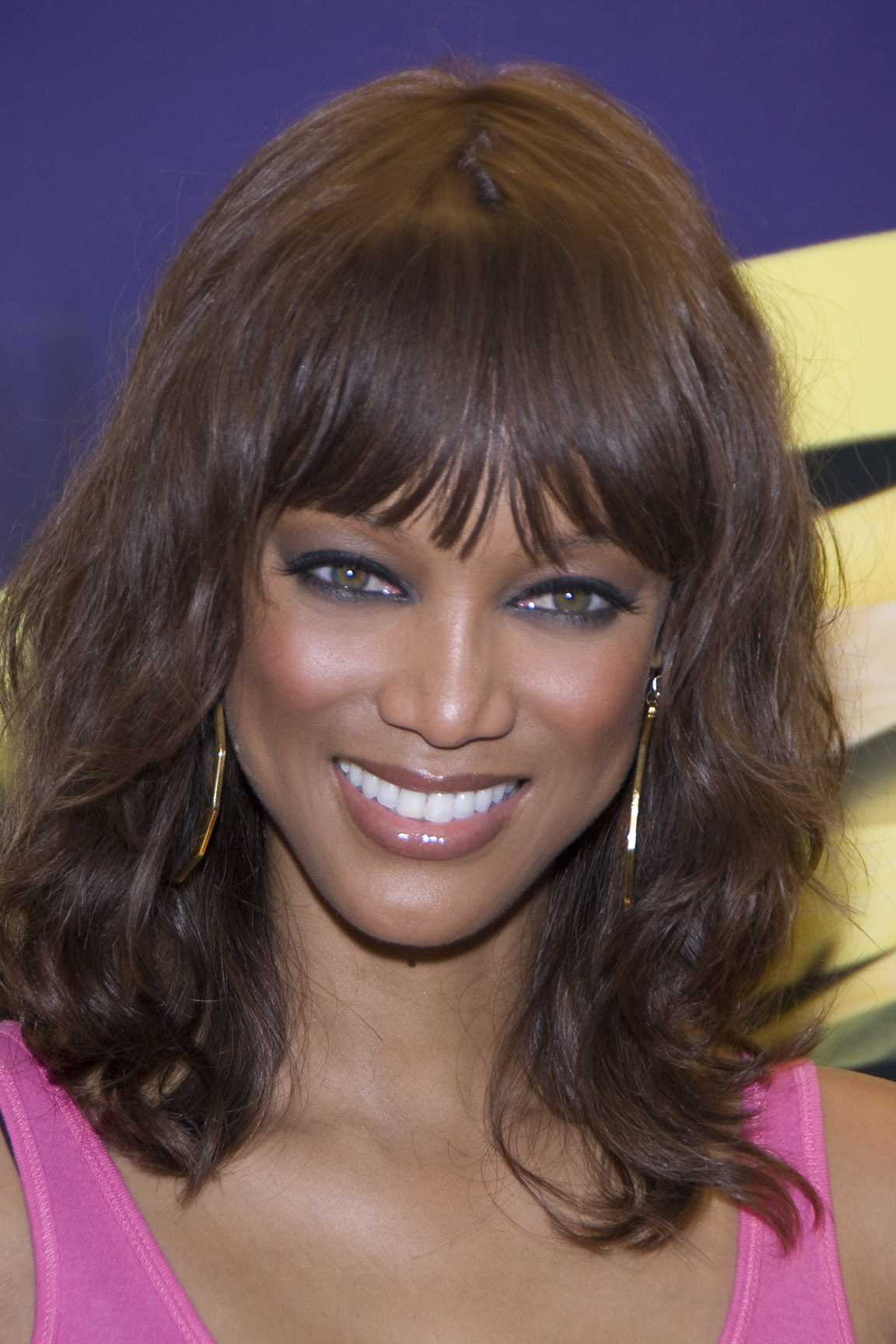
Tyra Banks has spoken openly about her fear of dolphins, a phobia she developed as a child after seeing them close up. She describes their intelligence and unpredictability as deeply unsettling, the feeling of being watched by something that understands too much. The fear influenced filming decisions and travel plans involving marine settings. By discussing it publicly, Banks turned private panic into connection, proving that vulnerability can coexist with confidence and grace.

